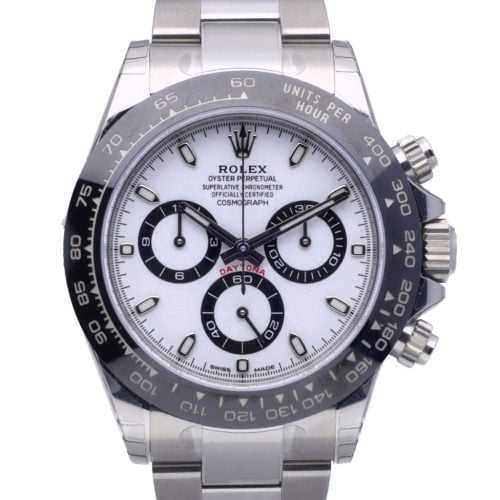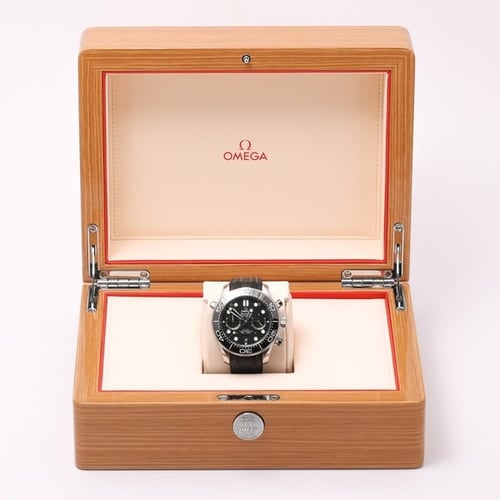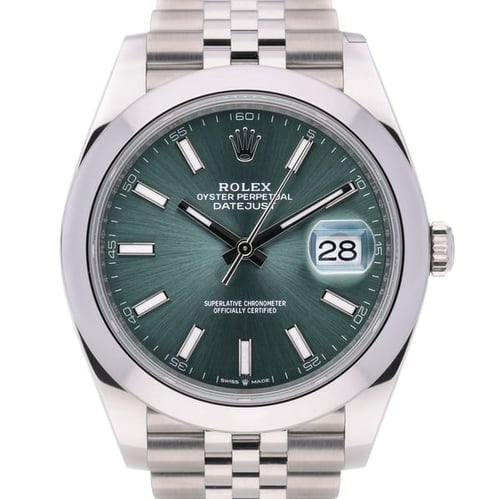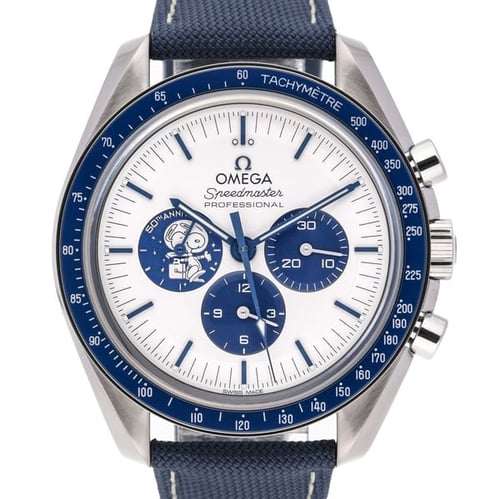When it comes to luxury watches, Omega and Rolex stand at the pinnacle of craftsmanship, heritage, and innovation. These two iconic Swiss watch brands have been at the forefront of horology for decades, each with its own unique identity, style, and loyal following. In this article, we’ll delve into the key differences and similarities between Omega and Rolex, helping you decide which brand might be the perfect fit for your wrist.
Omega: Founded in 1848 by Louis Brandt in La Chaux-de-Fonds, Switzerland, Omega has a rich history steeped in precision timekeeping. The brand is known for its association with the Olympics, having been the official timekeeper for the games since 1932. Omega also holds the distinction of being the first watch worn on the moon, thanks to the Omega Speedmaster Professional, which astronaut Buzz Aldrin wore during the Apollo 11 mission in 1969.
Rolex: Rolex, established in 1905 by Hans Wilsdorf and Alfred Davis in London before moving to Geneva, Switzerland, is synonymous with prestige and innovation. The brand is credited with creating the first waterproof watch, the Rolex Oyster, in 1926, and the first watch with an automatically changing date on the dial, the Rolex Datejust, in 1945. Rolex has a strong connection to exploration, having equipped watches for deep-sea divers, mountaineers, and aviators.

Omega: Omega watches are known for their versatile designs, offering a blend of sporty and elegant timepieces. The Omega Speedmaster, Seamaster, and Constellation collections are particularly notable. The Speedmaster is celebrated for its chronograph function and historical significance, while the Seamaster, popularized by the James Bond franchise, is renowned for its robust dive capabilities. Omega’s designs often feature a mix of classic and modern elements, making them suitable for both formal and casual settings.
Rolex: Rolex watches are the epitome of timeless elegance and enduring design. The brand’s signature models, such as the Rolex Submariner, Daytona, and Datejust, have remained largely unchanged for decades, highlighting their classic appeal. Rolex watches are instantly recognizable by their iconic features, such as the fluted bezel, Oyster case, and Cyclops lens. The brand’s emphasis on subtle evolution rather than radical redesign has contributed to its status as a symbol of luxury and tradition.
Omega: Omega is a pioneer in horological innovation, particularly in precision and anti-magnetic technology. The brand introduced the Co-Axial escapement in 1999, a revolutionary mechanism that reduces friction and increases the longevity of the movement. Omega also leads the industry with its Master Chronometer certification, which ensures exceptional accuracy, durability, and resistance to magnetic fields up to 15,000 gauss.
Rolex: Rolex is renowned for its commitment to durability, precision, and water resistance. The brand’s Perpetual movements are known for their reliability and long power reserves. Rolex was the first to introduce a truly waterproof watch, the Oyster, and continues to push the boundaries of deep-sea diving with the Submariner and Sea-Dweller models. Rolex’s proprietary materials, such as Oystersteel, Cerachrom, and Rolesor, further enhance the robustness and luxury of their timepieces.


Omega: While Omega watches hold their value well, they generally do not appreciate as much as Rolex watches. However, certain limited-edition models, particularly vintage Speedmasters, have seen significant increases in value over time. Omega’s focus on technological advancements and limited releases can make specific models desirable for collectors.
Rolex: Rolex watches are widely regarded as one of the best luxury watch investments. The brand’s limited production, high demand, and enduring designs contribute to strong resale values. Models like the Rolex Submariner, Daytona, and GMT-Master II are particularly sought after and often sell for more than their retail price on the secondary market.
Omega: Omega watches generally offer a more accessible entry point into luxury watch ownership, with prices typically ranging from £4,000 to £15,000 for most models. Limited editions and models with precious metals or complications can exceed this range but remain more affordable than comparable Rolex models.
Rolex: Rolex watches are positioned at a higher price point, reflecting their prestige and investment potential. Entry-level models like the Rolex Oyster Perpetual start around £6,000, but popular models such as the Rolex Submariner, Daytona, and GMT-Master II can range from £10,000 to over £50,000, depending on the model and materials used.

Choosing between Omega and Rolex ultimately comes down to personal preference and what you value most in a luxury watch. If you prioritize technological innovation, historical significance, and a more accessible price range, Omega may be the right choice for you. On the other hand, if you seek timeless design, brand prestige, and strong investment potential, Rolex is likely to be your watch of choice.
Both Omega and Rolex represent the pinnacle of Swiss watchmaking, each with its own unique strengths and allure. Whether you’re drawn to Omega’s pioneering spirit or Rolex’s classic elegance, either brand is sure to provide a lifetime of satisfaction and admiration.